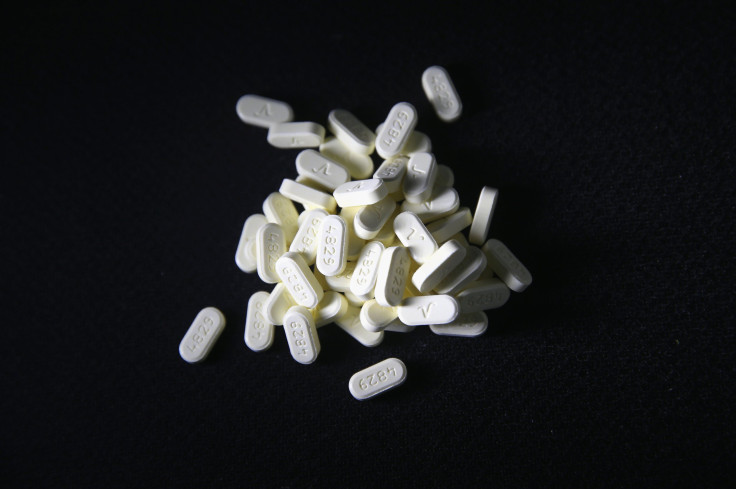Hydromorphone, An Opioid-Based Pain Medication, Is Effective In Treating Heroin Addiction

People with heroin addictions often turn to medications for treatment, in particular substitute opioids that activate the same opioid receptors as heroin, but are much safer. The main medications used for heroin addiction treatment include agonists (methadone, suboxone), partial agonists, and antagonists.
In the first study of its kind, researchers found that yet another type of opioid-based medication known as hydromorphone is effective in treating heroin addiction. This new research, known as the Study to Assess Longer-Term Opioid Medication Effectiveness (SALOME) and published in JAMA Psychiatry, found that hydromorphone was as effective as diacetylmorphine (prescription heroin) for addicts who didn’t benefit from methadone or suboxone treatment.
“Prior to SALOME, hydromorphone had never been evaluated as a substitution treatment for opioid dependence,” said Dr. Eugenia Oviedo-Joekes, the principal investigator of the study, in a statement. “Our study shows that hydromorphone is as effective as diacetylmorphine, providing a licensed alternative to treat severe opioid use disorder.”
The researchers gathered 202 participants in Vancouver who received either injectable hydromorphone or injectable diacetylmorphine for a period of six months. They found that hydromorphone was just as effective as diacetylmorphine among street opioid users who had previously failed to benefit from other treatments — all of the participants reported a reduction of street-heroin and other opioid use at six months, whereas before they were using drugs nearly every day. They also reported a reduction in days of illegal activities other than heroin use. Perhaps most positively, 80 percent were able to maintain retention at six months.
The results of the study may be especially valuable now, at a time when America’s heroin epidemic is worsening. The number of people addicted to heroin doubled from 2002 to 2013, and the number of heroin-related overdose deaths skyrocketed by 286 percent in that same timeframe. Most of the people addicted to heroin are young adults between the ages of 18 and 25. Finding more accessible, effective treatments for heroin addicts can only make tackling the epidemic easier in the future.
“The findings of the SALOME researchers shine a new light on how we can help people with heroin addictions,” Health Minister Terry Lake said in the statement. “While methadone and suboxone are effective for many people with opioid addictions, there is a proportion of people who have not found success with these treatments. The SALOME study shows there are alternative treatments that may be able to help those who don’t respond to methadone and suboxone.”
Source: Oviedo-Joekes E, Guh D, Brissette S, Marchand K, MacDonald S, Lock K. Hydromorphone Compared with Diacetylmorphine for Long-term Opioid Dependence. JAMA Psychiatry. 2016.



























